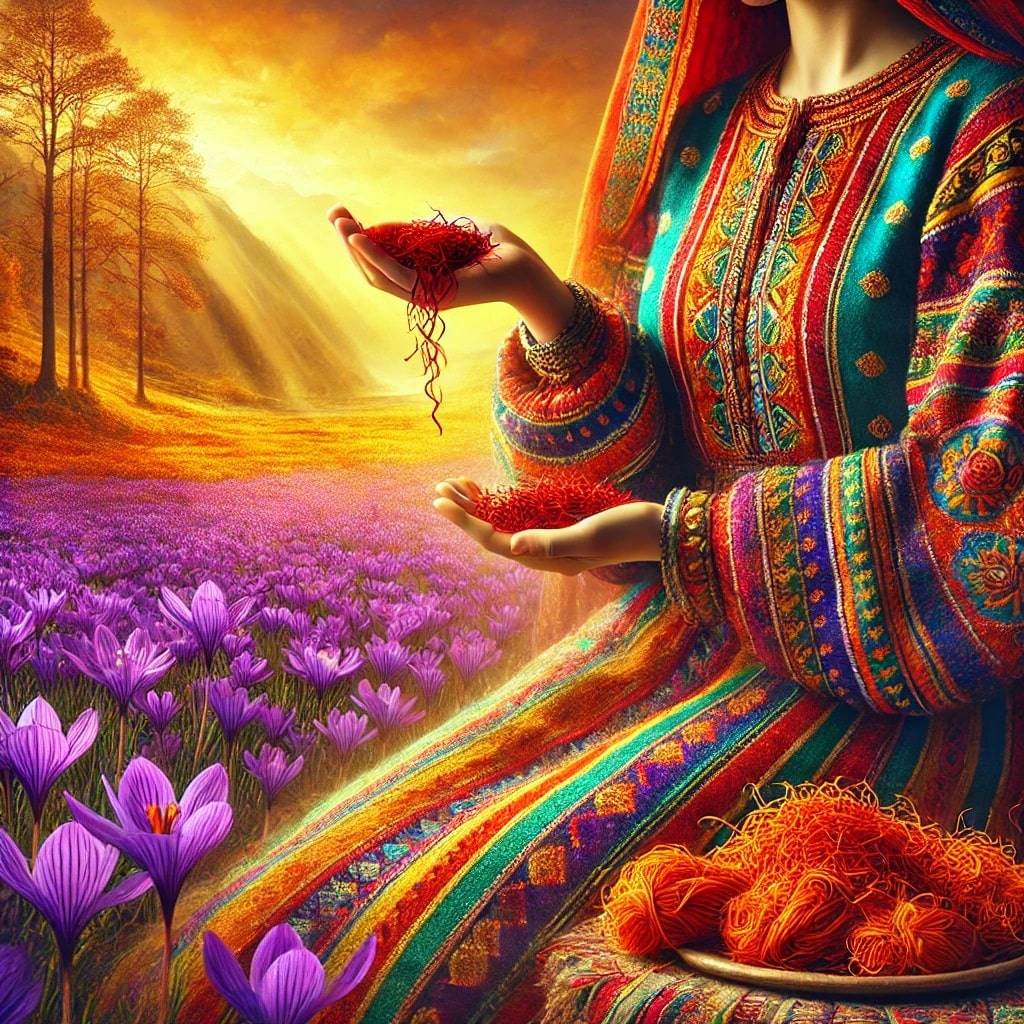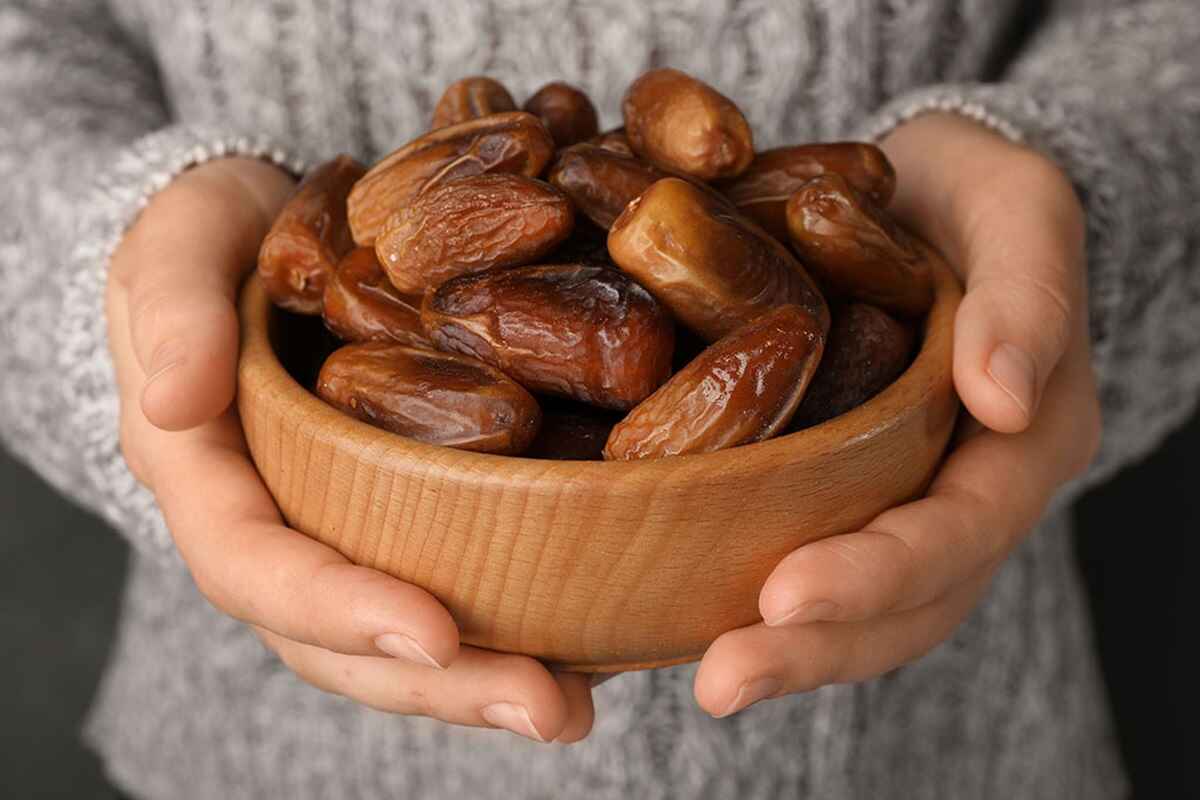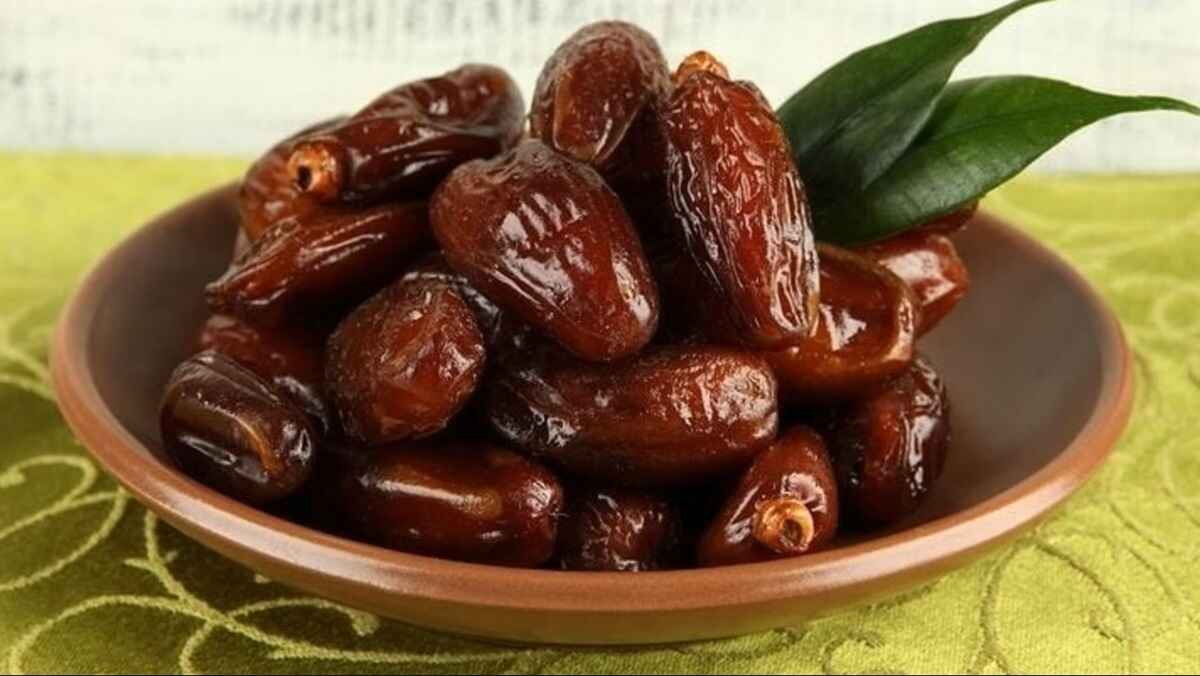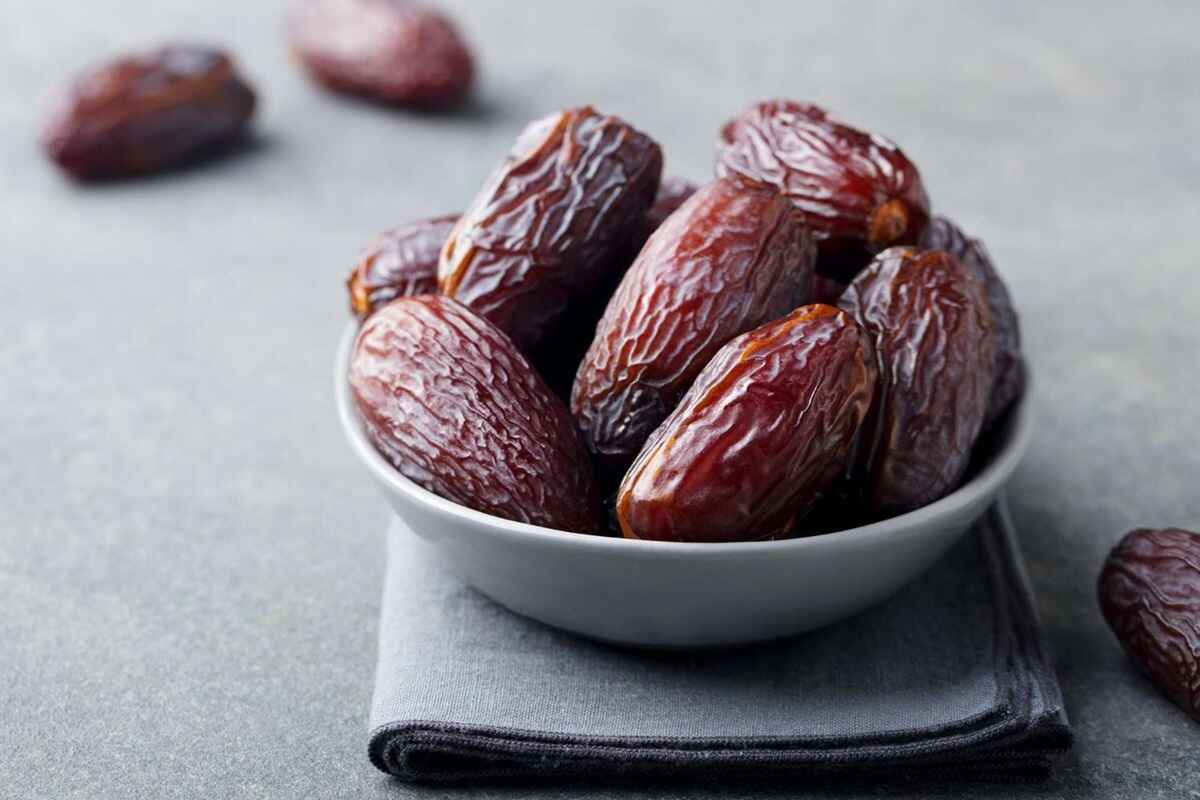Despite the outward progress of human civilization and the creation of cities and urban laws, some people still live in tribes and nomads like our ancestors. Gypsies are strong people who endure the hardships of constant travel, but they consider staying in one place a sedentary life. They believe the whole earth is their home and rely on it in all circumstances. In their ceremonies, they use holy symbols to describe the planet and ask for help from it, and they even make sacrifices for Mother Earth.
Harmony with the rhythm of the earth
Once humankind recognized itself as a developing species until 10,000 to 15,000 years ago – when the agricultural revolution caused the concentration of human populations, humans have been living in deserts and vast plateaus for a very long time – about a few hundred thousand years towards unknown horizons. With the planting of the first grain of wheat and the harvest of the first crop, human beings stopped their long journey and decided to harden their feet, live under a fixed roof, and be members of a limited family instead of a large and diverse group. But some people, due to climatic or sociological conditions and reasons, preferred to continue the same lifestyle, which we call Gypsies today.
The ritual of communication with plants and animals
Gypsy people, instead of considering themselves as the best of creatures, like our homeless ancestors who were part of the ecosystem around them, ate and were eaten, consider everything – both living and non-living – to have a spirit. They always maintain their connection with these spirits and believe they are also connected with us. Their rituals are rooted in animism and have been combined with magic and divination over time. Because of this deep relationship, Gypsies use all kinds of plants in tribal ceremonies to sanctify nature. In addition to eating, they put some plants in the fire and inhale the smoke for healing and communication.
When the medicinal properties of certain plants were discovered, Gypsy culture attributed this to inherent magical virtues. The increase of their power by combining them with water, or mingling them, was due to mystic affinities by which a spirit passed from one to another.
The place of saffron in Gypsy culture
In some prescriptions of magical healing medicine left from the ancient gypsy culture, there are instructions to treat ailments using combined treatments; Part of the treatment process is related to the specific use of a plant, and part of it is related to the words that read during the preparation of the medicine or its use. Meanwhile, some plants have a more important place due to their unique effects, and one of them is saffron.
Rereading an ancient manuscript
To understand how vital saffron is for Gypsies, we go to one of the old writings that provides a treatment method. This text states that eye pain is treated with spring or well water and saffron. During the program, some Romanian words are read, the translation of which is as follows:
“Oh, pain from the eyes
Go into the water,
Go out of the water
Into the saffron,
Go out of the saffron
Into the earth.
To the Earth-Spirit.
There’s thy home.
There go and eat.”
A soul was transferred from one to another. The Spirit of Earth went into saffron, that of saffron into water. In this way, the magician sent the pain to his medical affinity with a song and in the same way, returned it to the source from which it came. Since ancient times, as one of the first flowers of spring, saffron has been sacred to magic and love due to its color.
Astrology and religions
Gypsy astrology has significant differences from astronomy; The gypsies’ knowledge of the stars dates back to the first encounters of humankind with the sky and is therefore linked to legends, myths, and magic. The stars have played an essential role in their ritual prophecies.
Eos, the goddess of the northern lights, was called “the one who wears a saffron robe.” Ordinary women wore saffron yellow abayas. Even in Christian symbolism, it meant “love.” As Portalis states:
“In the Christian religion, the saffron and orange colors were the symbols of God embracing the heart and illuminating the souls of the faithful.”
Thus we can trace the chain from prehistoric barbaric shamanism, preserved by the Gypsies, to the Greek, and from the Greek to the medieval form, which still exists.
Picker gypsies
Gypsies live in the northeastern regions of Iran near saffron-rich cities such as Torbat Heydarieh, constantly migrating due to the cold and hot weather in the eastern areas from Zabol to North Khorasan. During the saffron harvesting season, they camp near the cultivation areas and help the farmers pick saffron, and in return, they receive bulk Iranian saffron and other necessities.




